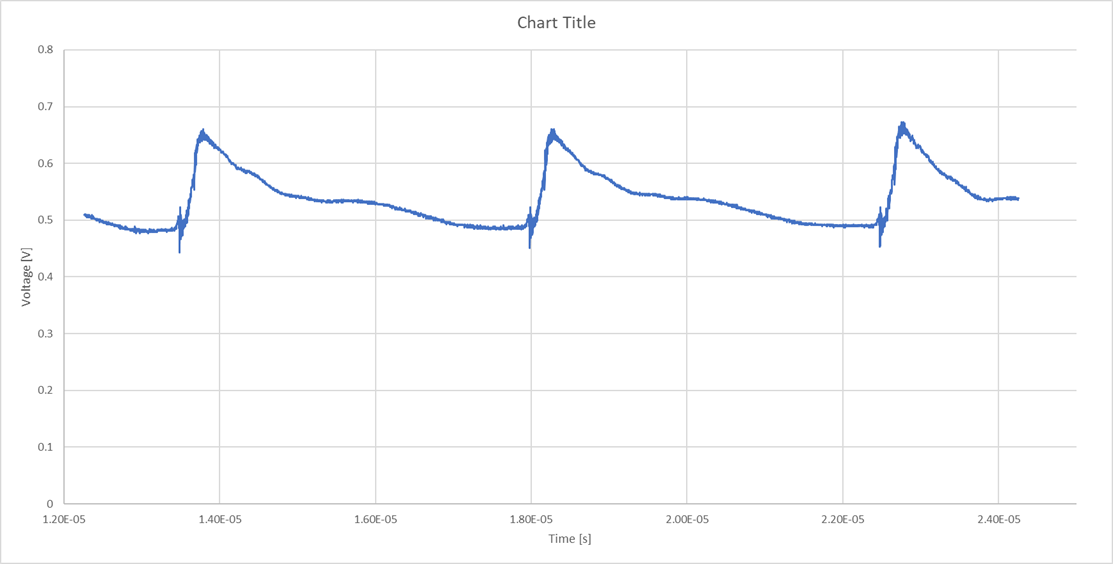Other Parts Discussed in Thread: LM5170
Dear,
I have made a prototype with 2 LM5170 ICs who are only used in buck mode, when calculating the expected current I should get about 60A per channel, I have 4 channels in total so I would expect about 240A. However, I only get about 150A. I have verified that all channels are working together as they should but somehow I do not get the current I expect.
I tried adding a compensation circuit compensating for inductance in the sense resistor as described in the data sheet, but this does not give me the desired output current. I tried different capacitors and saw a little difference in output current, just a few amps but nowhere near the expected current.
I have read on this forum that grounding might be a problem but that is connected properly and the pad of the IC is properly soldered to the board.
I'm a little at a loss about what the problem can be and any help is appreciated, I have attached the schematics, see page 2 and 3.
Best regards,
Allard


